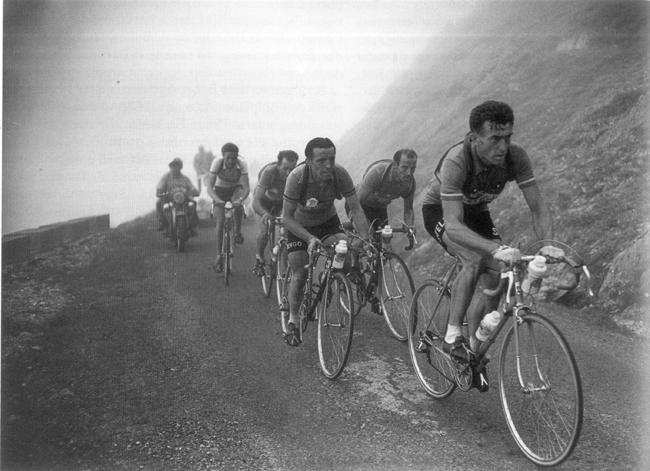In 1954, Louison Bobet embarked on the Tour de France as the defending champion, shouldering both the prestige of his title and the aspirations of an entire nation. The French public yearned to see the dawn of a new era in cycling, one where a French rider could assert dominance and join the pantheon of legends alongside Italian greats like Gino Bartali and Fausto Coppi.
Bobet’s triumph the previous year had ignited hopes of a long-overdue French revival in the sport. Many envisioned him as a potential national icon—a cyclist who could define his era and symbolize France’s pride on the global stage.

Bobet secured the yellow jersey in Stage 4 with a stunning 49 km time trial performance. However, Dutch rider Wout Wagtmans soon took the lead and held onto the coveted jersey through the punishing 11th stage, which featured the formidable climb of the Col d’Aubisque.
The Pyrenean stages brought dramatic battles, with Stage 12 showcasing legendary climbs such as the Tourmalet, Aspin, and Peyresourde. During this period, Gilbert Bauvin emerged as a strong contender, taking the yellow jersey and keeping it until Stage 14, when Louison Bobet reclaimed the lead.
Ultimately, Bobet secured his second Tour de France victory in 1954 and followed it up with another triumph in 1955